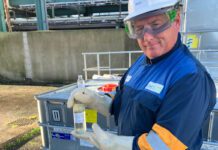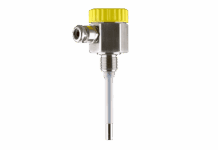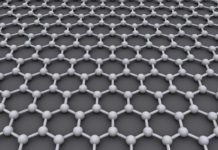Wastewater treatment presents one of the most corrosive industrial settings around. Constant exposure to moisture, harsh chemicals, and corrosive gases such as H2S poses an ongoing threat to components, equipment, and structures.
Corrosion of wastewater plant electronics is one of the most obvious problems but is also easy to prevent, says corrosion control specialist Cortec. The firm cites a wastewater treatment operation in the US that was experiencing one to two HMI (human machine interface) failures every six months. The HMIs were used to control pump stations throughout the city and cost $15,000-$40,000 to replace, plus the indirect costs of downtime and repair.
The problem was seemingly fixed with the use of high performance coatings – the firm’s VpCI® technology – and a proprietary material that absorbs H2S called Corrosorber®. In addition, plastic emitters wth breathable membranes (the VpCI®-111 range) were placed inside the control boxes and this step conditioned the enclosed atmosphere with vapour phase corrosion Inhibitors. In one year, says Cortec, the WWTW facility saved an estimated tens of thousands of dollars by avoiding any HMI failures.
The corrosive environment also takes a toll on structural elements such as railings, walkways and tanks. While prevention is ideal, existing structures may already have rusty surfaces that need to be addressed before further anticorrosion coatings are applied. A much easier solution than sandblasting is to passivate the rust, says Cortec, which provides a product for the purpose, CorrVerter® Rust Primer. It uses chelating agents and a high solids waterborne latex “to convert the rust into a hydrophobic passive later and protect it against further rusting.” This lays a good foundation for applying heavy duty anticorrosion primer/topcoat combinations, says the firm.
Reinforced concrete structures are addressed separately using a patented migrating corrosion inhibitor (MCI) product.







